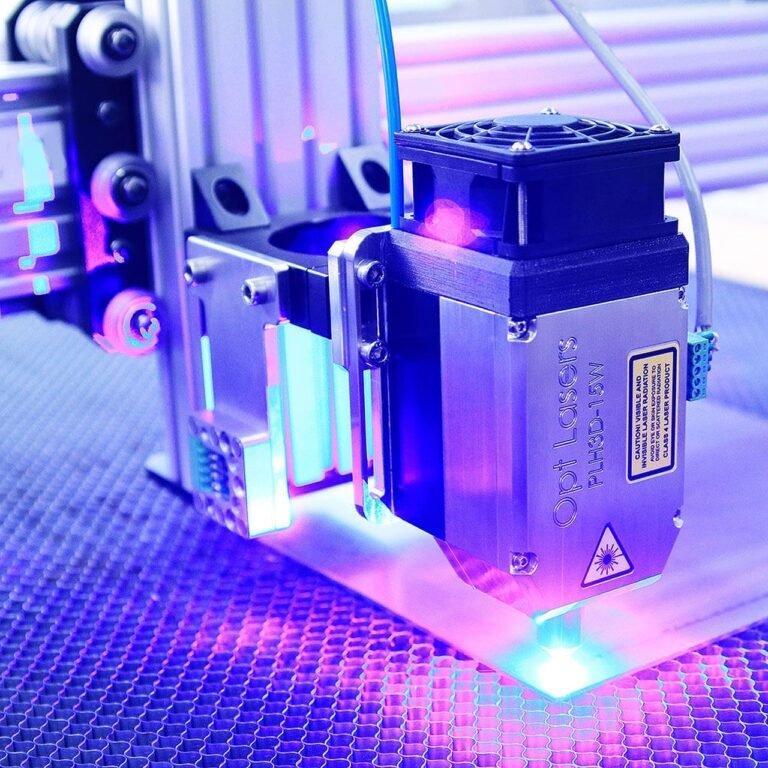Modern surveying methods, such as 3D laser scanning, have revolutionized the way we collect, process, and visualize spatial data. From terrestrial laser scanning to airborne and satellite laser scanning, these technologies allow specialists to create accurate digital models of terrain, objects, and structures.
- What is Laser Scanning?
- Types of Laser Scanning
- How Laser Scanning Works
They are now widely used in engineering, construction, heritage documentation, and forestry.
What is Laser Scanning?
Laser scanning is a non-contact measurement method that uses a laser beam to record the geometry of surfaces and objects. The device sends out a series of laser pulses per second, which are reflected back from the surface being measured. Each reflection is registered as a point in a point cloud, representing the precise distance between the scanner and the object.
This data can later be processed using specialized software to create a digital 3D model of the scanned area or structure. The result is a highly detailed and accurate representation of real-world conditions.
Types of Laser Scanning
There are three main types of laser scanning technologies:
- Terrestrial Laser Scanning (TLS) – also called naziemny skaning laserowy, is performed from the ground using stationary or mobile scanners. It is ideal for capturing detailed data of buildings, monuments, and industrial facilities.
- Airborne Laser Scanning (ALS) – or airborne laser, involves scanners mounted on aircraft or drones. It is commonly used for mapping large areas, forest analysis, and topographic modeling.
- Satellite Laser Scanning – provides large-scale coverage for environmental monitoring and geographic data modeling. It offers less detail than TLS but a much broader range.
Each method differs in precision, resolution, and range, but all rely on the same laser measurement principle.
How Laser Scanning Works
A laser scanner measures millions of points per second, capturing the exact geometry of the surrounding environment. The device calculates the distance between itself and each point by measuring the time it takes for the laser pulse to return.
The collected data from point clouds can then be combined, filtered, and processed to form an accurate 3D model. Depending on the purpose, the final model may represent architectural details, landscape features, or entire historic sites. Advanced algorithms allow for the precise reconstruction of even the smallest surface irregularities, ensuring a faithful digital twin of the scanned object. These models can then be analyzed, measured, or integrated with other spatial datasets for research, design, or conservation purposes.
